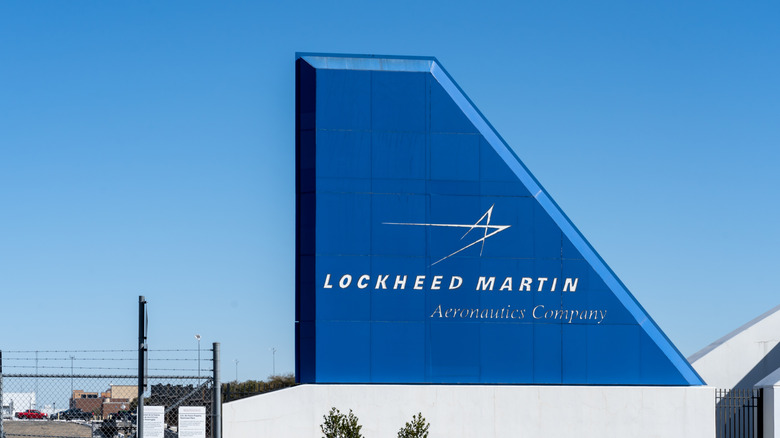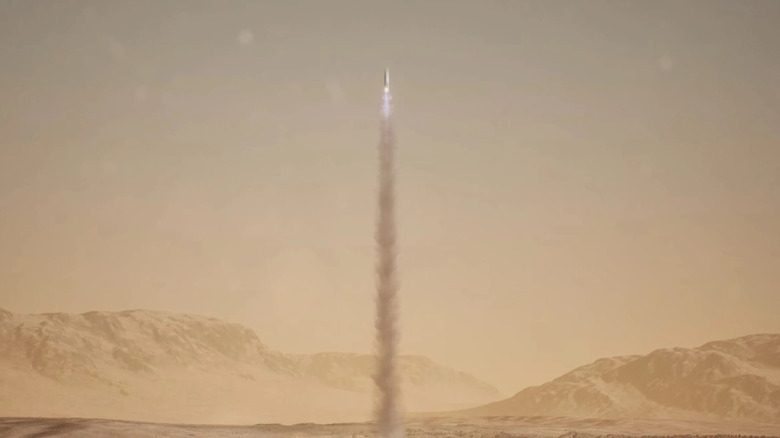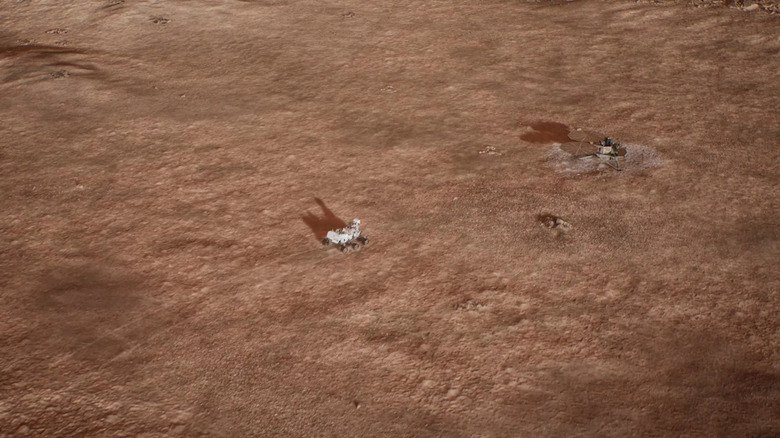Can Lockheed Martin Really Save The Mission To Mars? Here Is What It Has Planned
NASA's long-planned Mars Sample Return mission is in serious trouble. A flagship endeavor meant to retrieve rock samples collected by the Perseverance rover is now facing budget cuts, delays, and some pretty harsh criticism. The dream of bringing pieces of Mars back to Earth, once forecasted for the 2030s, has hit a wall. But aerospace giant Lockheed Martin thinks it has a way to fix that.
In a bold move, Lockheed unveiled a stripped-down $3-billion proposal that could shave years off the current timeline and rescue the mission from bureaucratic limbo. Instead of NASA's $7-billion budget (estimated by some to really be $11 billion) and uncertain 2040s target date, Lockheed claims it can get the job done before this using tech it's already built and proven in space. (If you've ever wondered how much it costs to go to space, this budget gives you a good idea.)
The company's idea is simple: streamline the mission by relying on smaller, lighter equipment with flight heritage. Lockheed's pitch includes a Mars lander, ascent rocket, and Earth re-entry capsule, all designed in-house. It's fast. It's cheaper. And it's not entirely untested territory. But is it enough to turn the tide?
Lockheed's low-cost mission may actually work
The core of Lockheed Martin's plan comes down to keeping things clean and simple. Fewer launches, less logistics, one company leading the charge.
So how does it plan on doing this? By building on what it already knows, which is surprisingly more than just building some of the greatest fighter jets of all time. Lockheed's proposed system would use a robotic lander to collect sealed rock samples left behind by the Perseverance rover. A compact rocket would then launch those samples into orbit, where a return capsule would intercept them and make its way back to Earth. (While Lockheed has offered to build the orbital vehicles, NASA's partnership with the European Space Agency will remain a key element with its contribution of the Earth Return Orbital vehicle.)
While this may seem like a bold move, Lockheed isn't exactly inexperienced — it built the MAVEN (Martian Atmosphere and Volatile Evolution) orbiter and the InSight Mars Lander, and it's responsible for several Earth-return systems already in use. For its engineers, this is a huge head start. Lockheed emphasizes the idea of using tech that's already proven in space to streamline the mission and reduce costs.
Why this decision could reshape space exploration
NASA has a choice to make: try to salvage its own tangled mission, or take a leap of faith with Lockheed Martin's stripped-down alternative. It's not a small decision. NASA's budget has come under serious threat with increasing costs, and now the MSR mission faces being scrapped entirely due to the Trump administration's 2026 budget proposals. Meanwhile, Lockheed's ready to move forward.
The company has already submitted its proposal for NASA's consideration, and early feedback from the Mars science community has been cautiously hopeful. For now, Lockheed's plan is in the running, but the final decision will come down to whether NASA believes the company can deliver on its promises, and whether there's money available to implement them.
There's more gravitas to this decision than one might at first assume. If Lockheed's plan gets the go-ahead, and ends up being fruitful, it could alter the way we perform science in deep space. Private companies would transition from being parts manufacturers to shaping the missions. It almost mirrors the shift we saw when SpaceX redefined how astronauts are launched into space. The change could also be a catalyst for faster and cheaper missions to more than just Mars, but asteroids, icy moons, and beyond.


